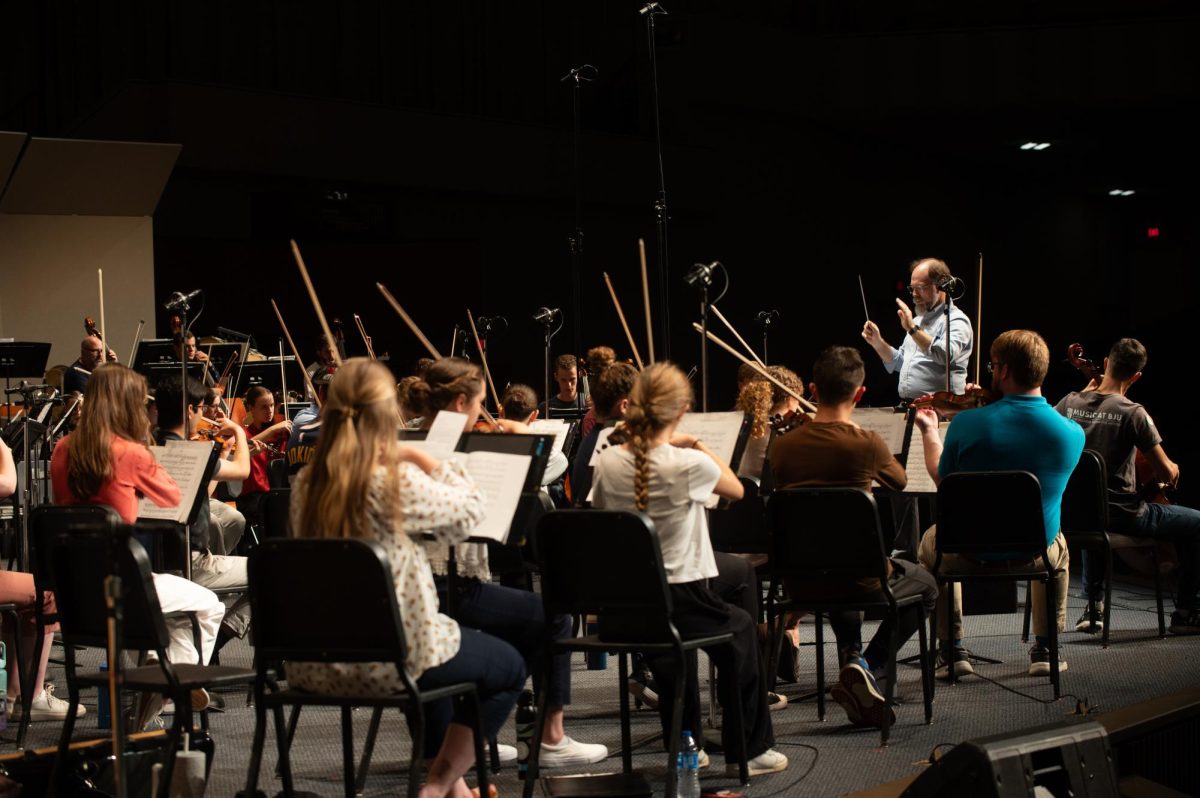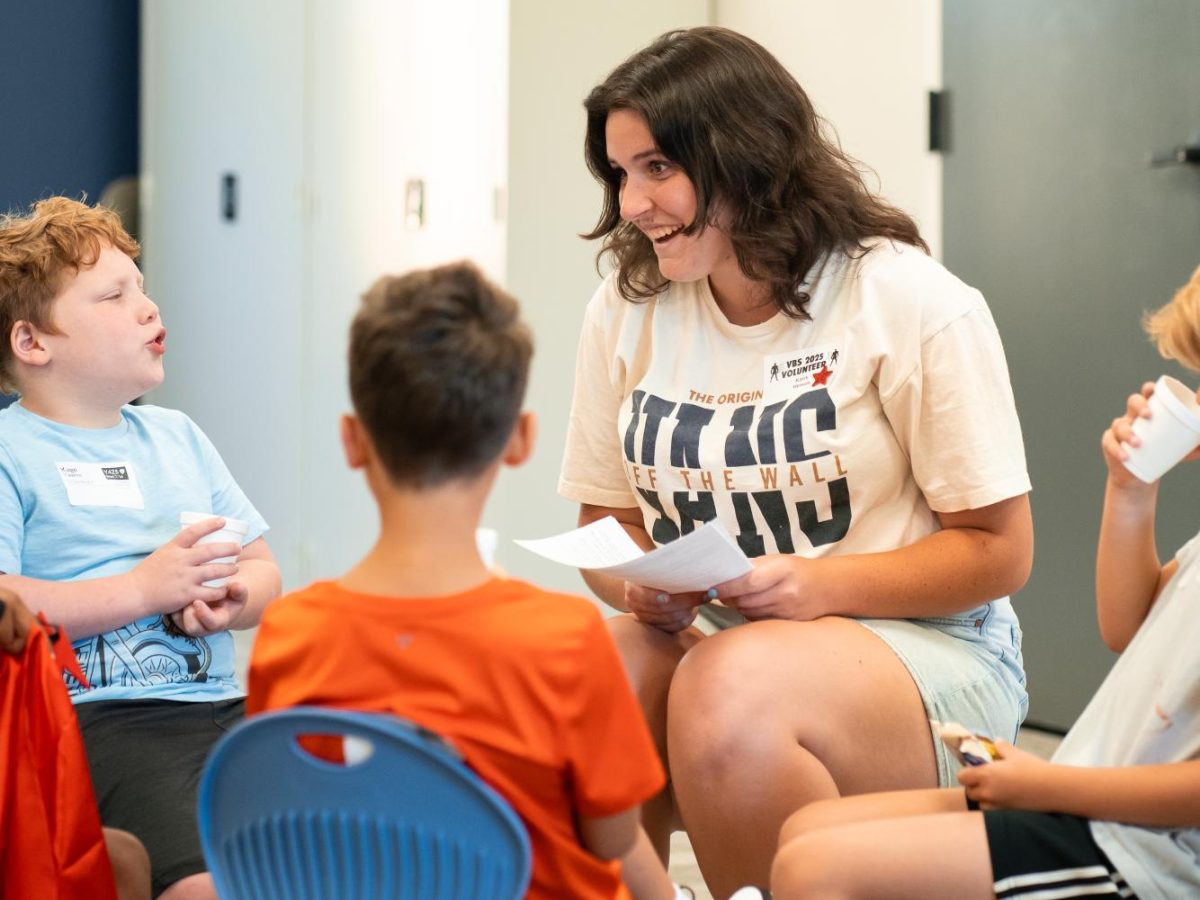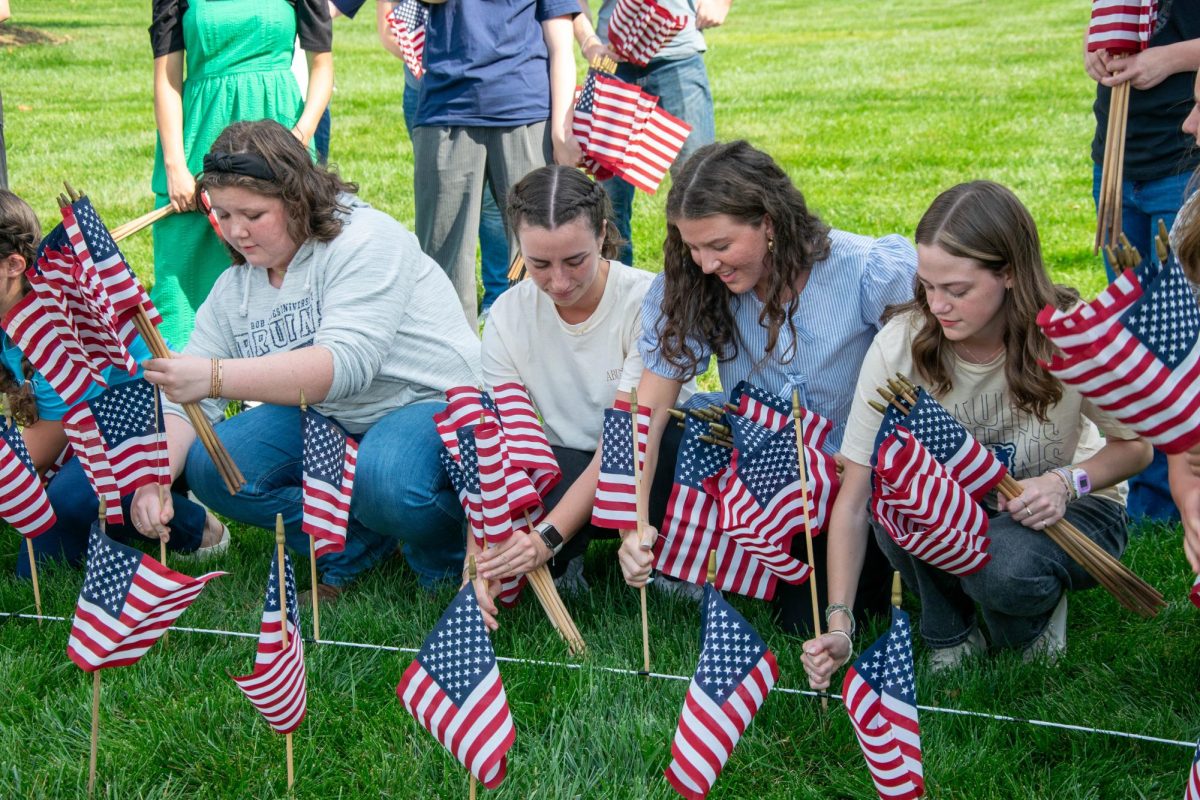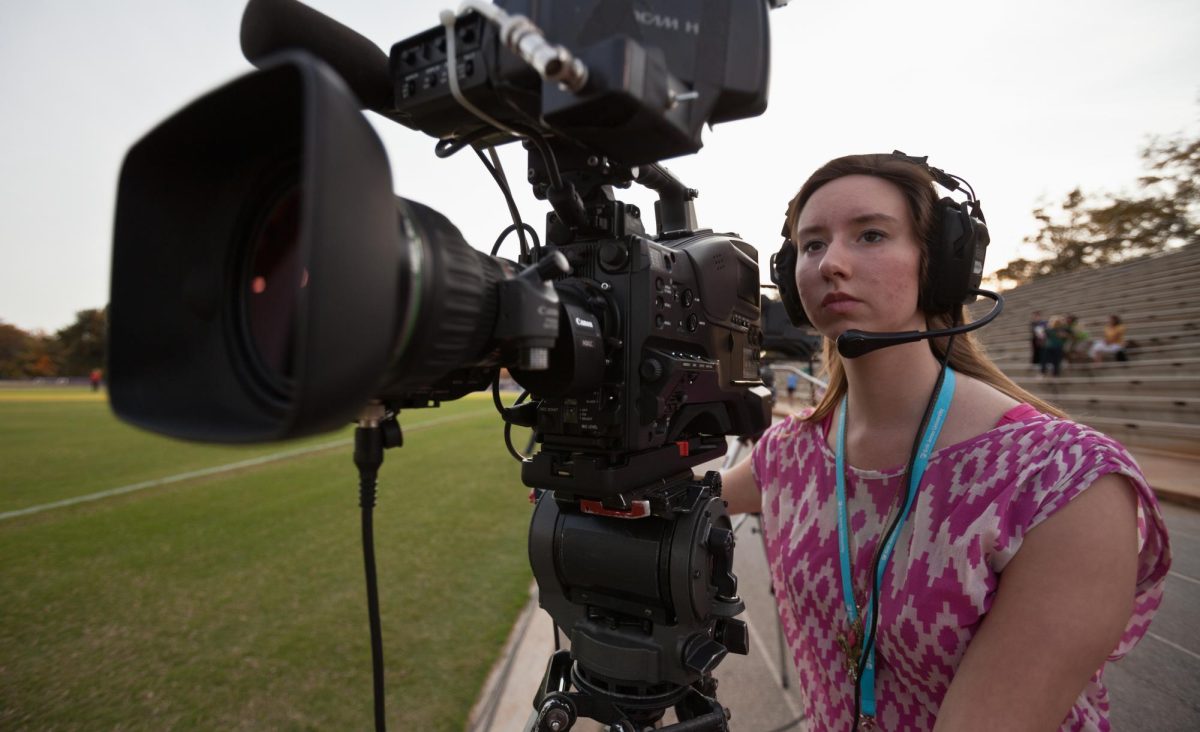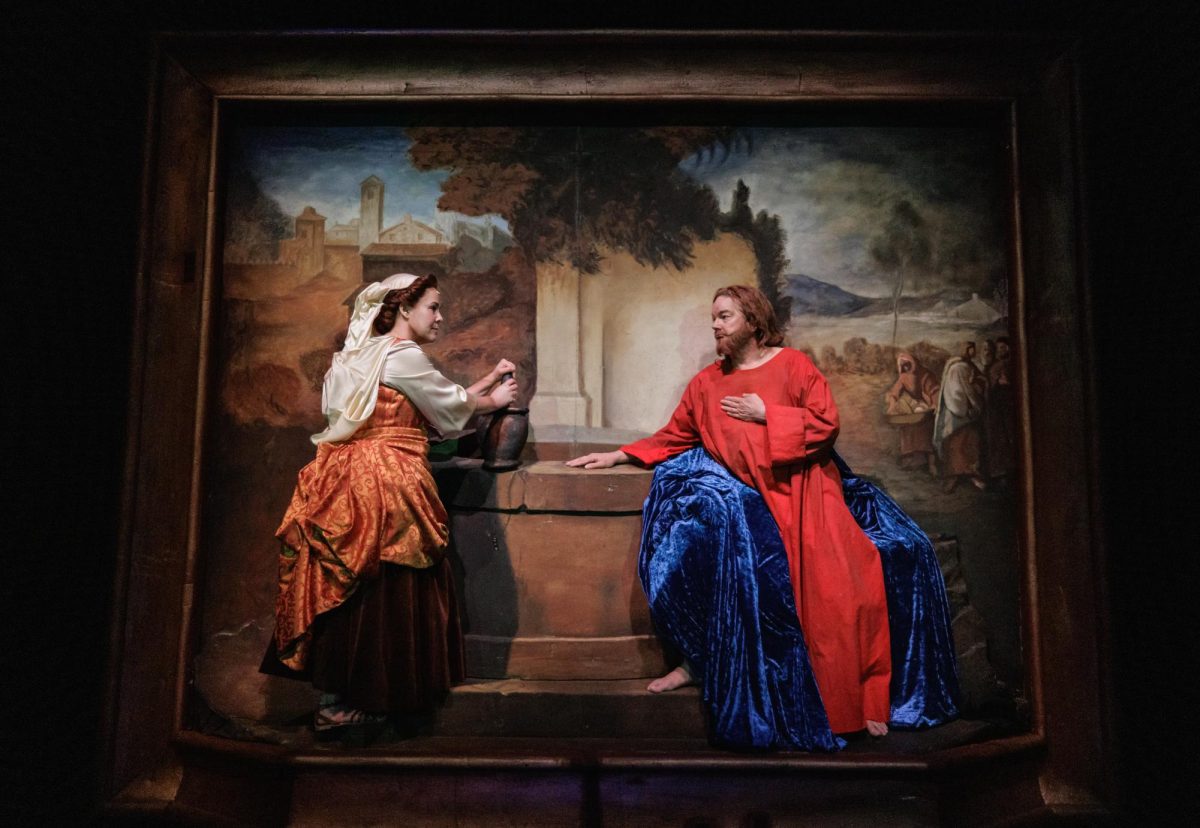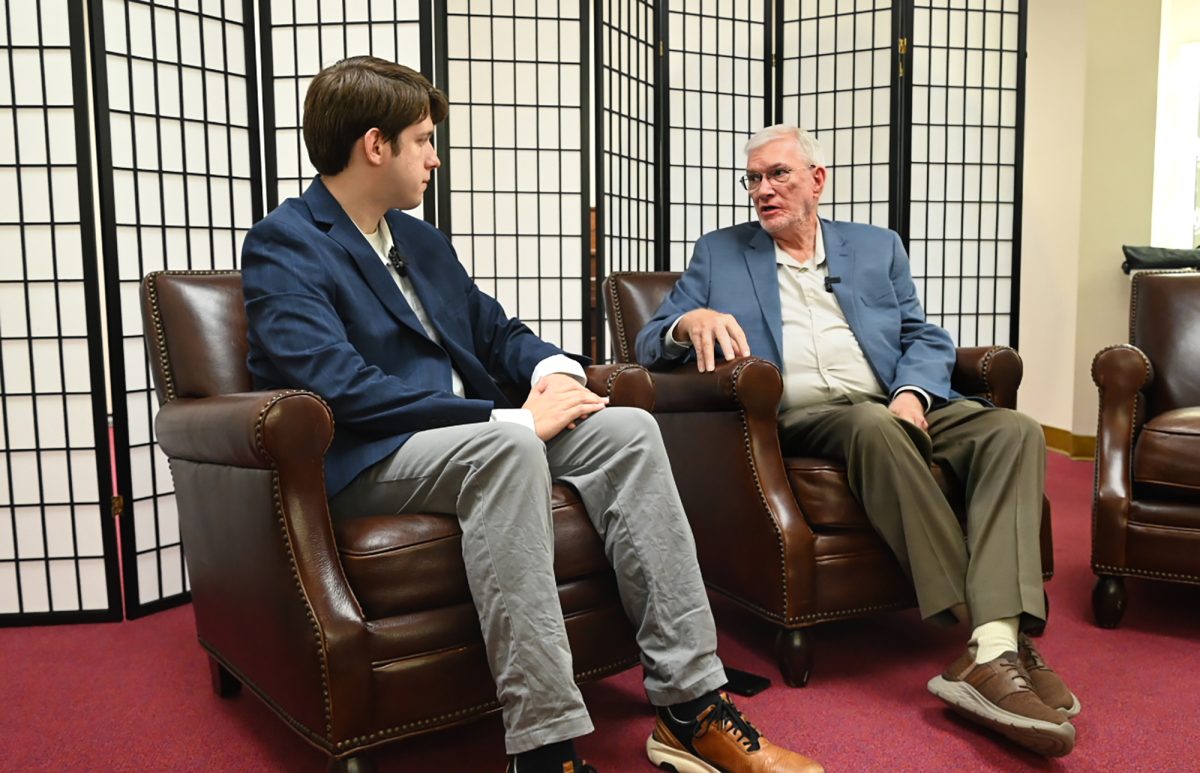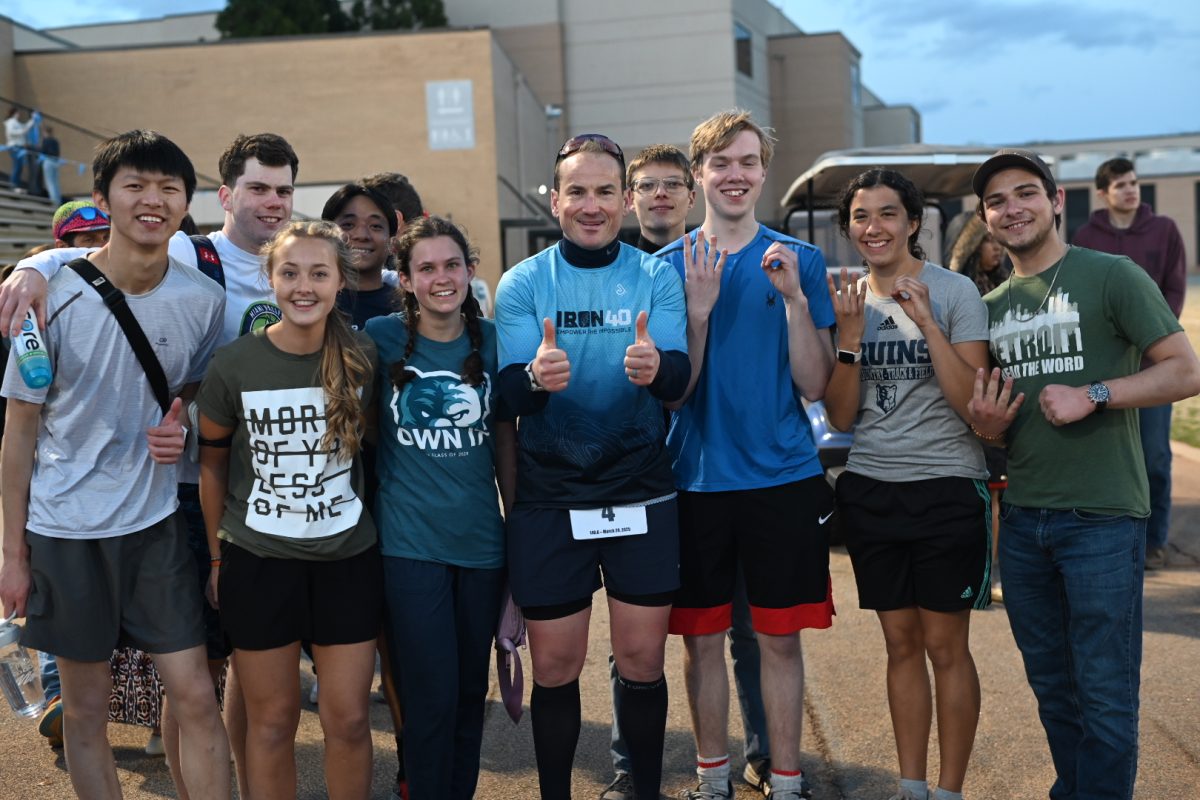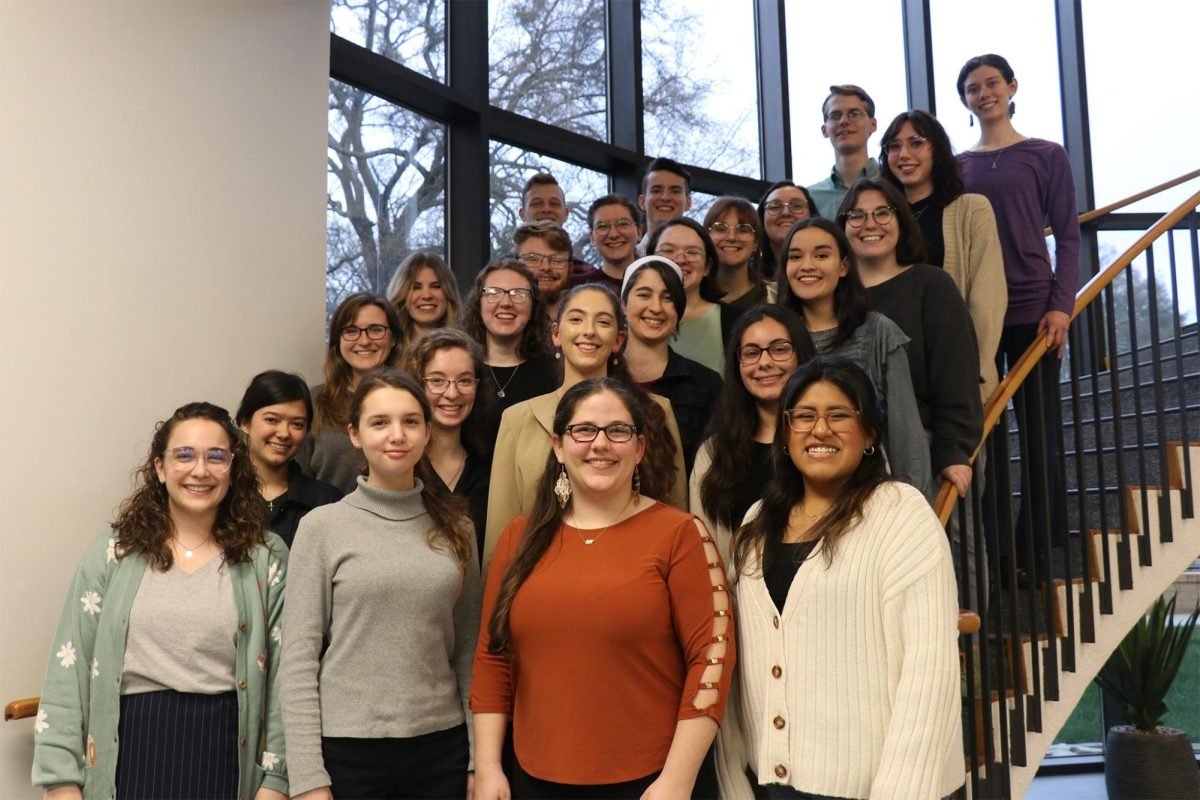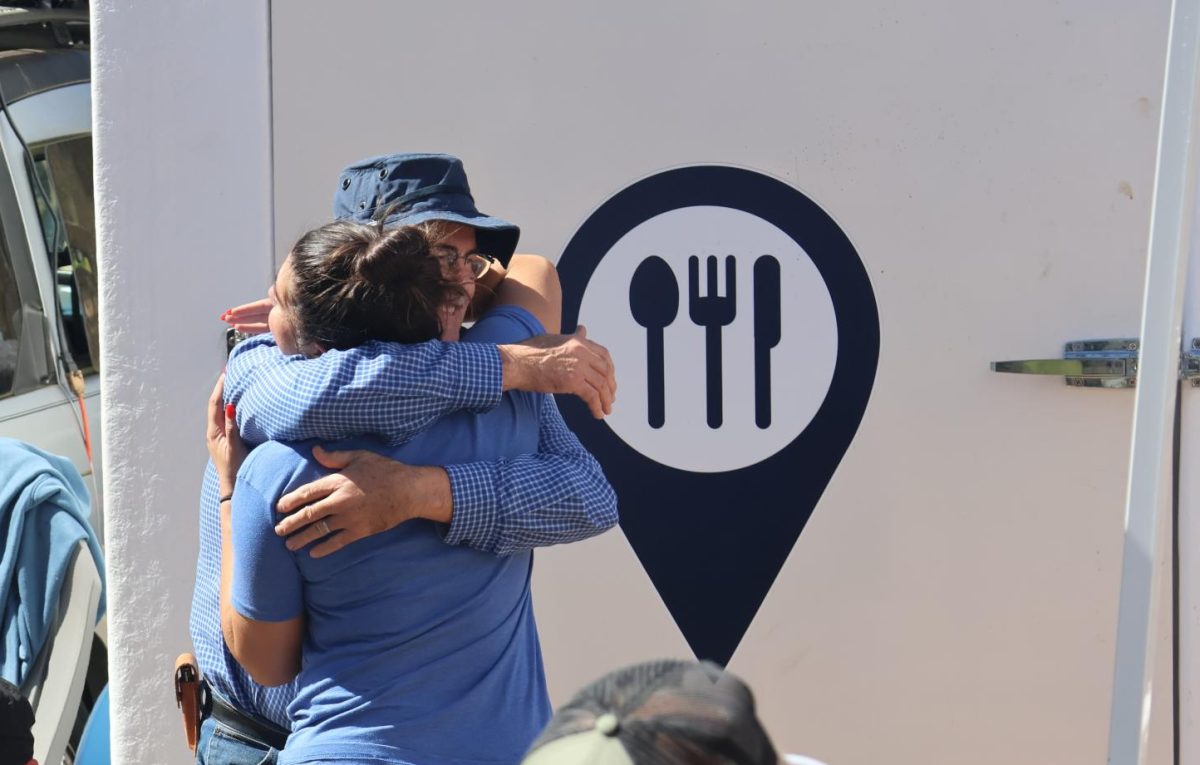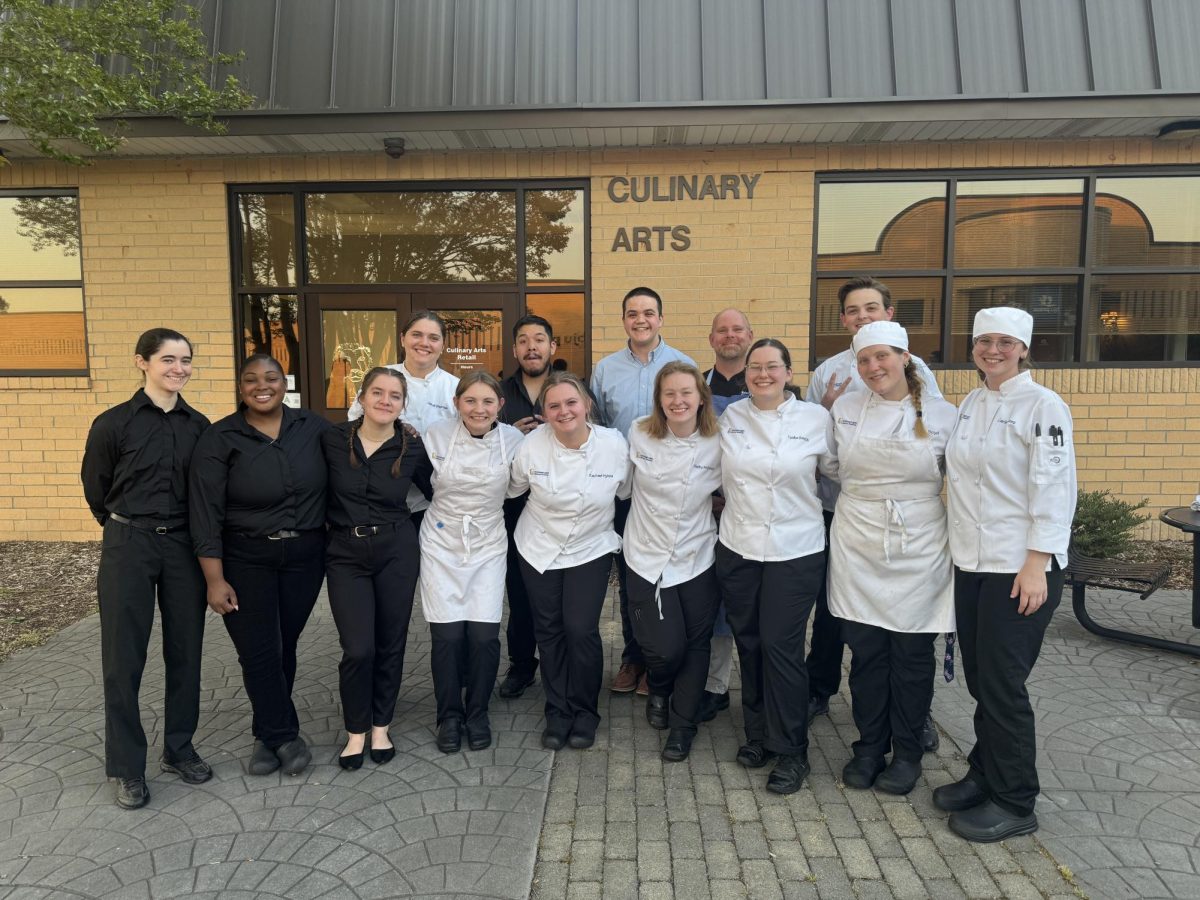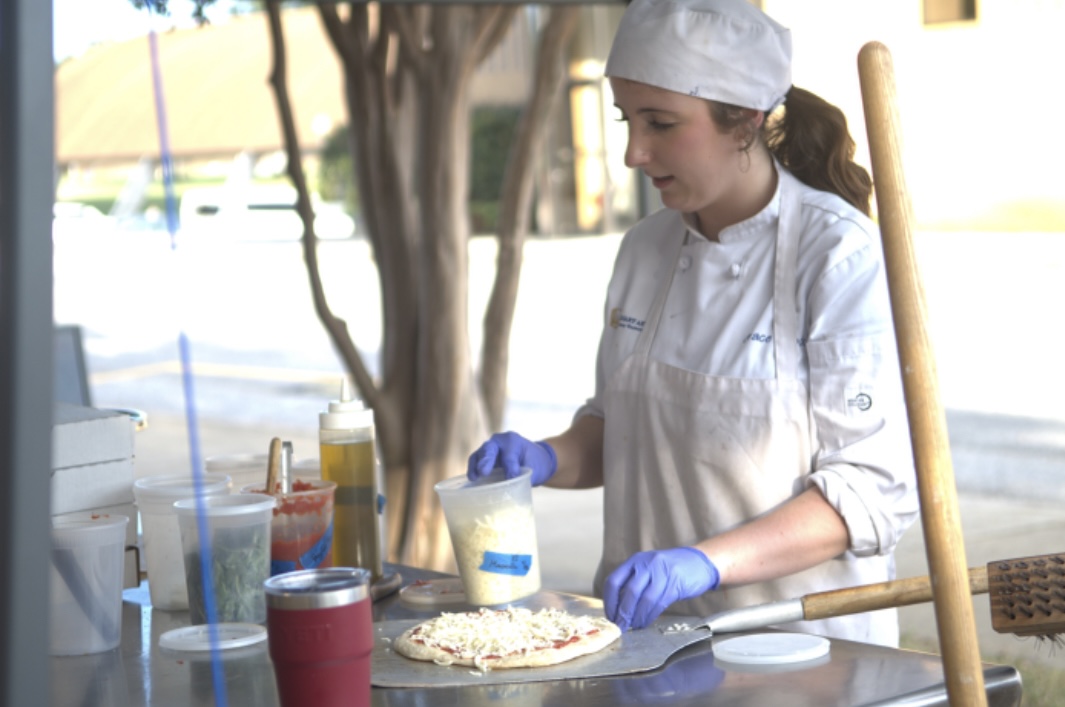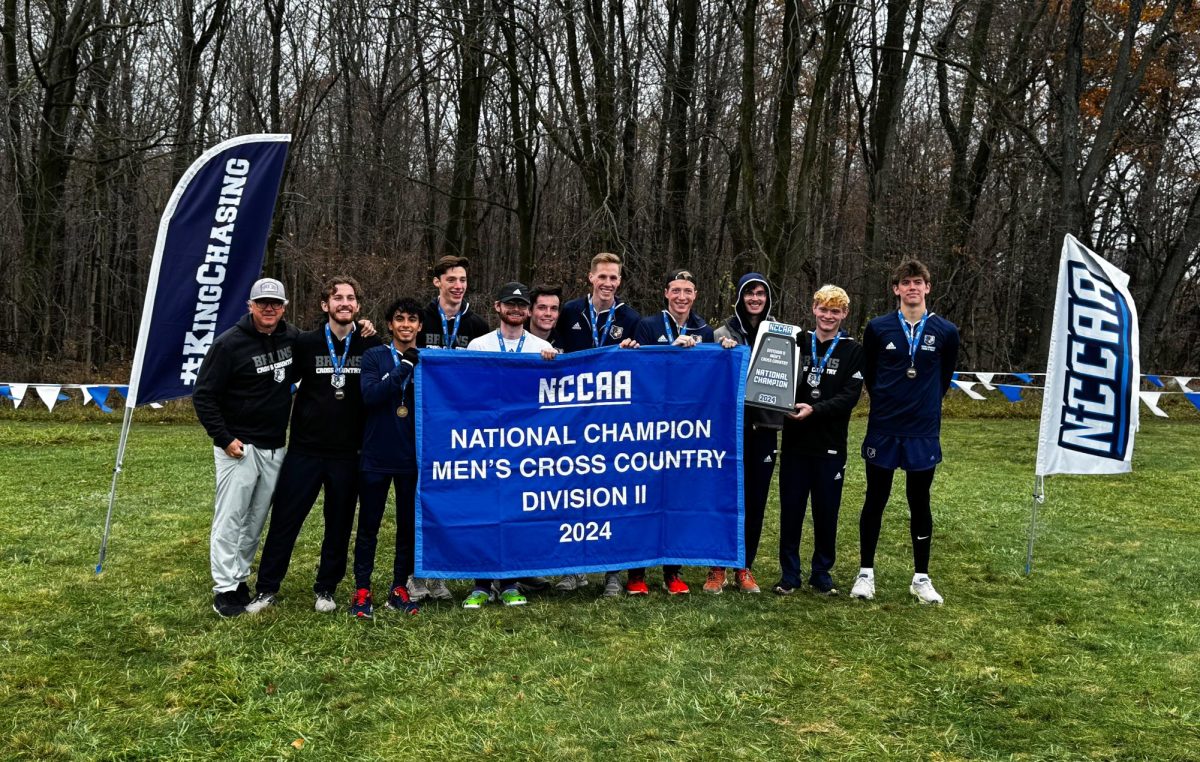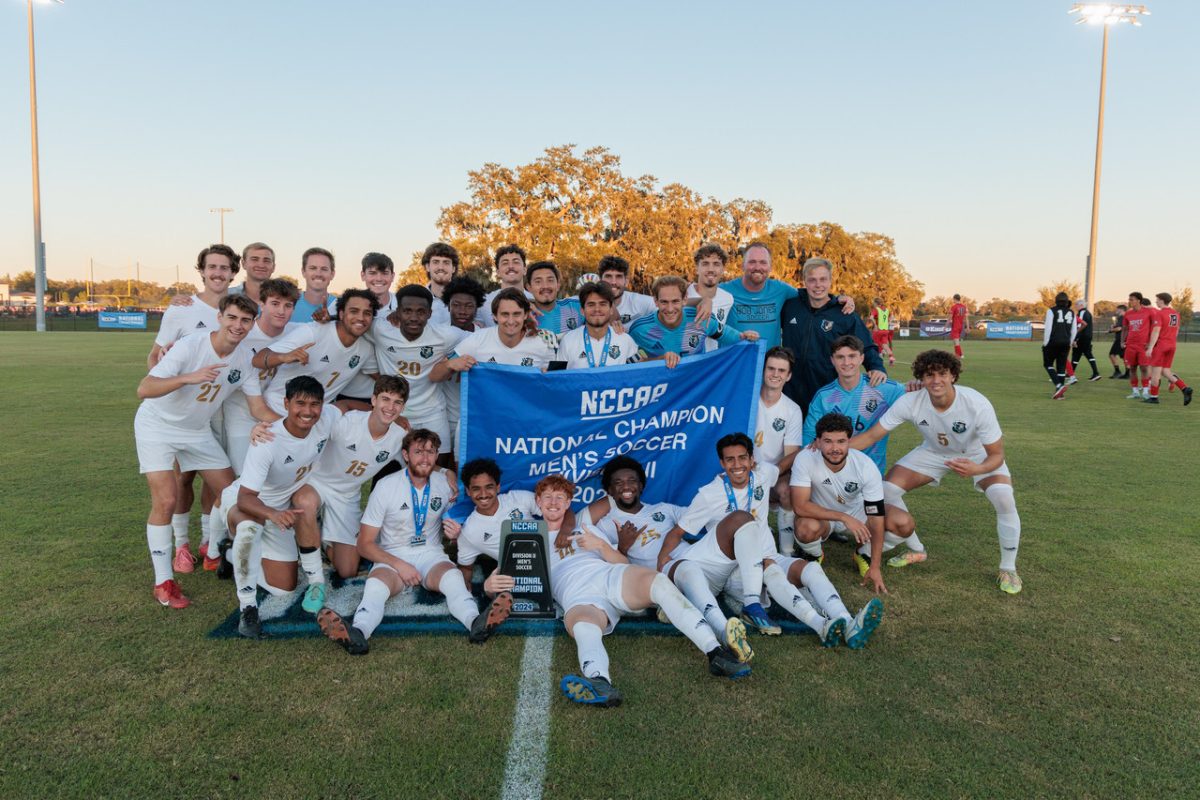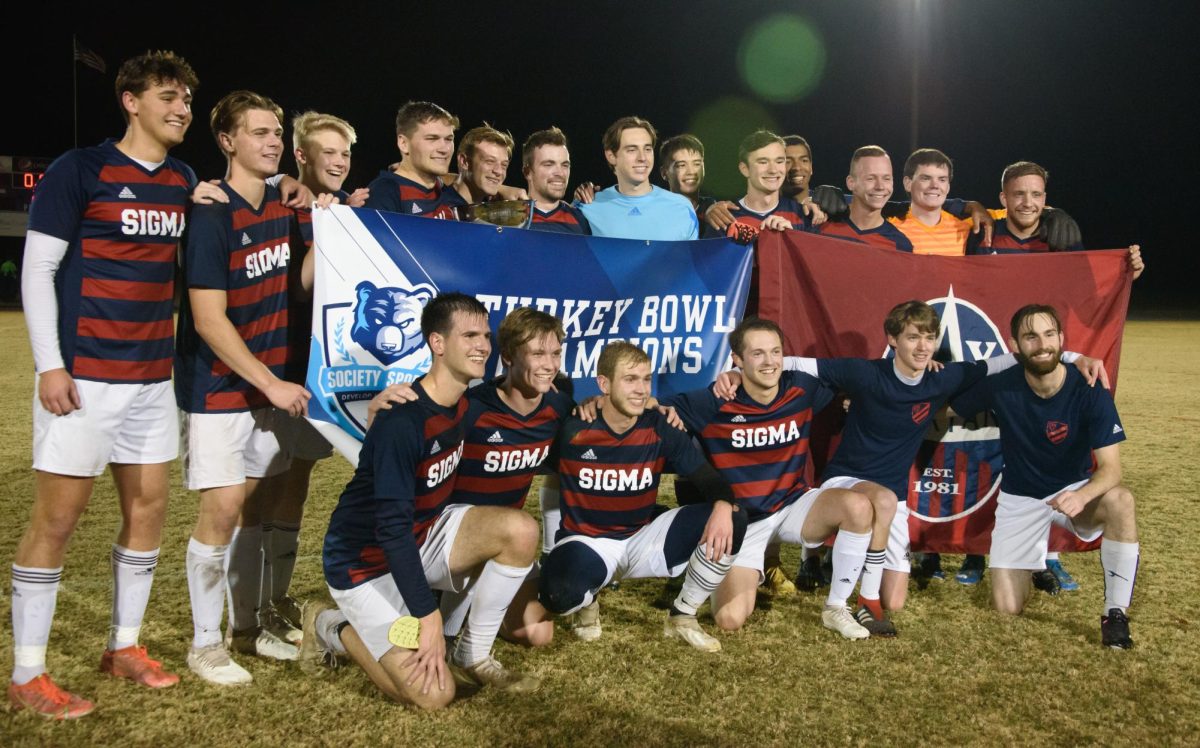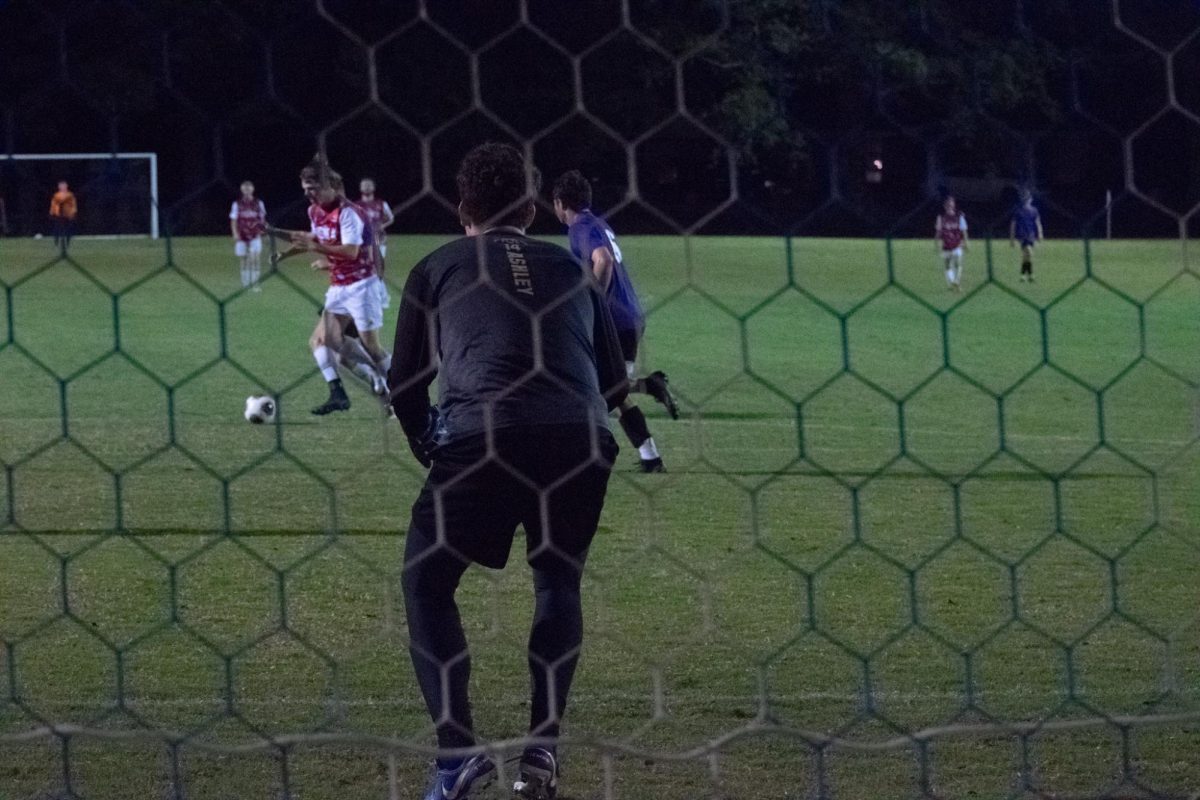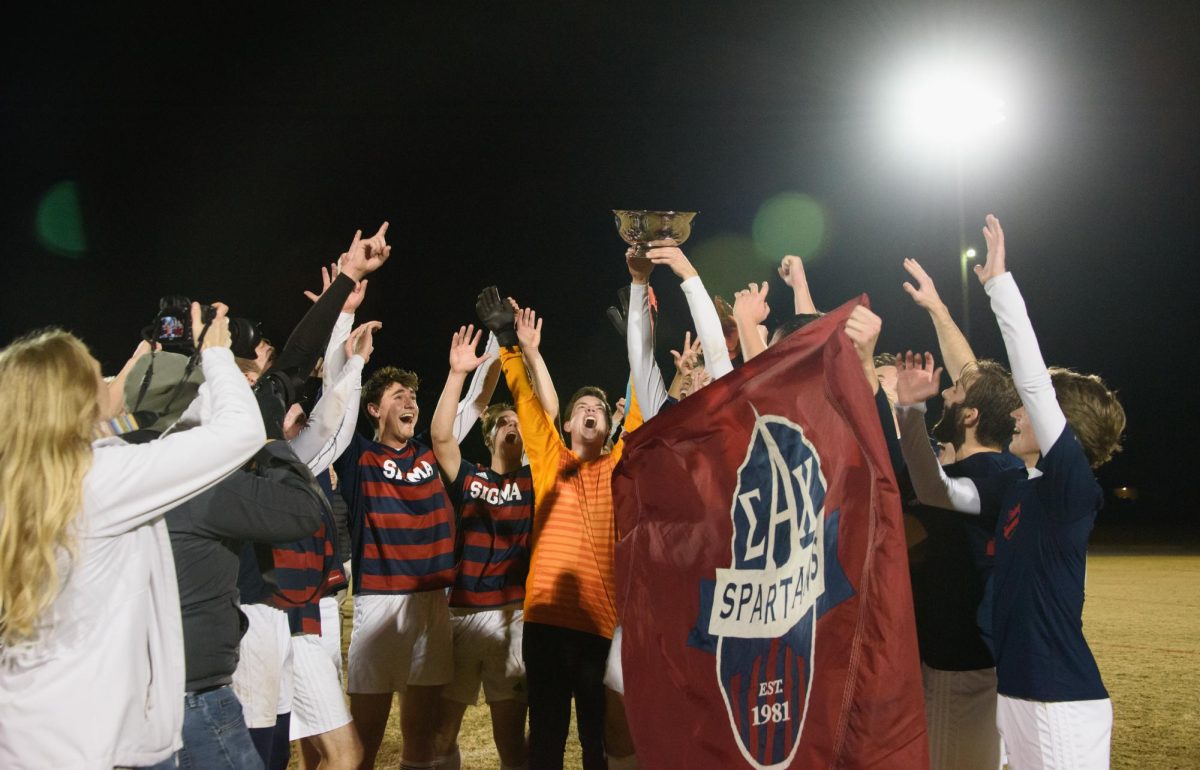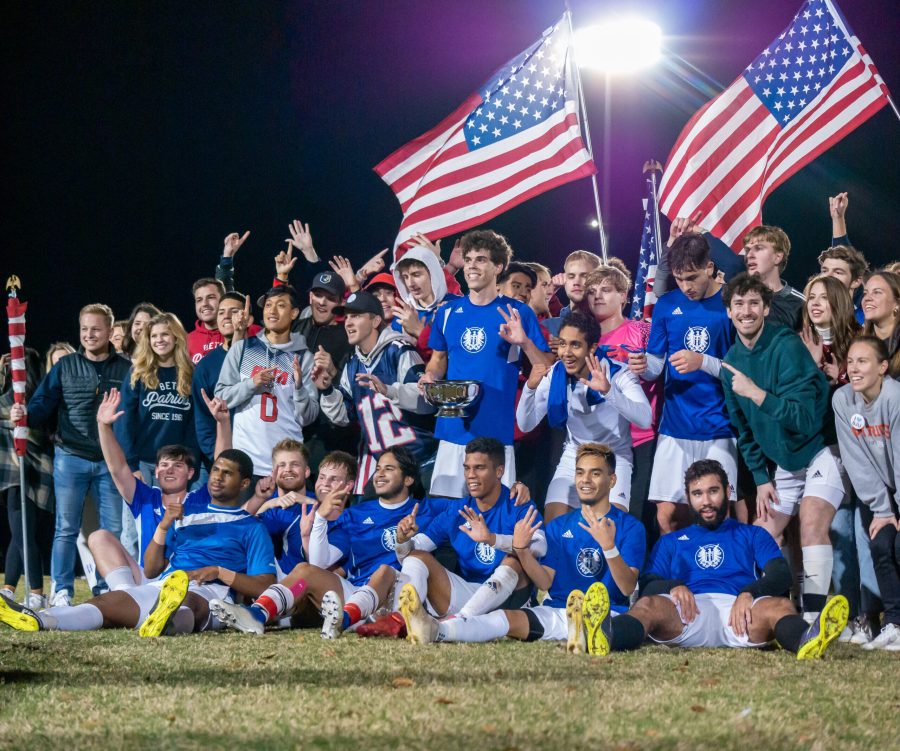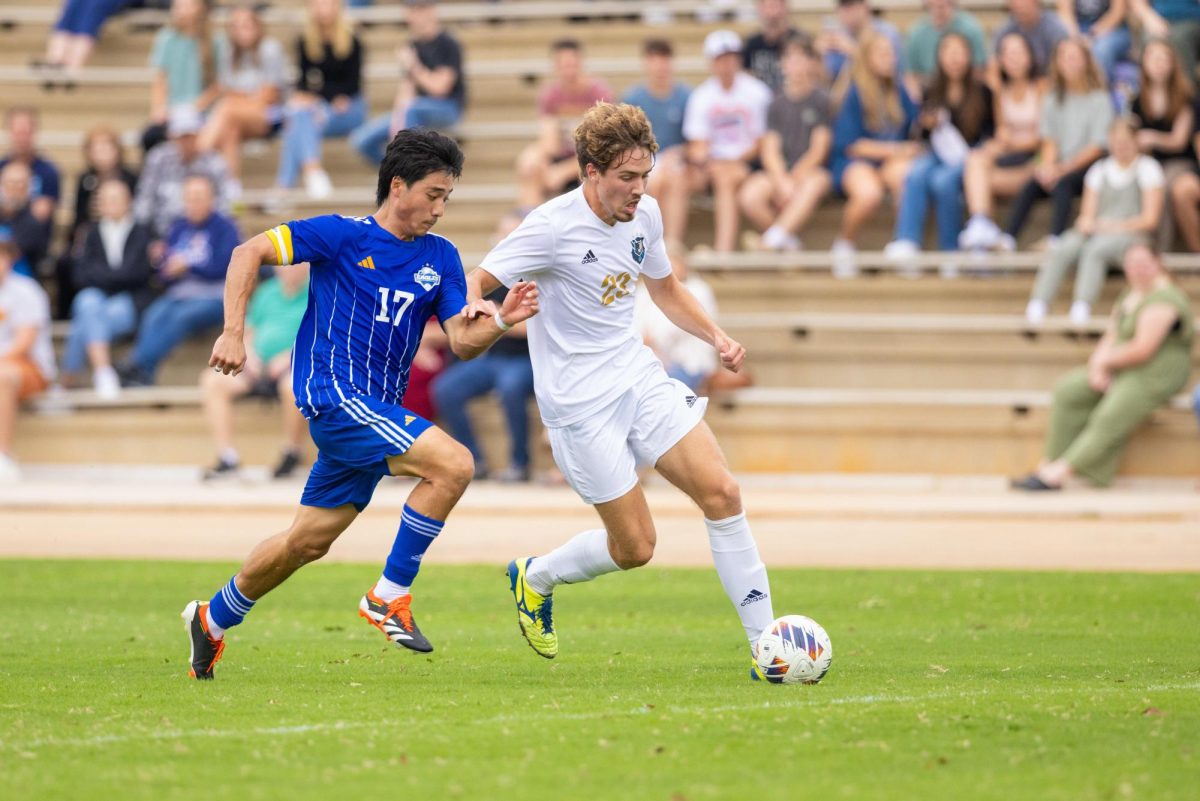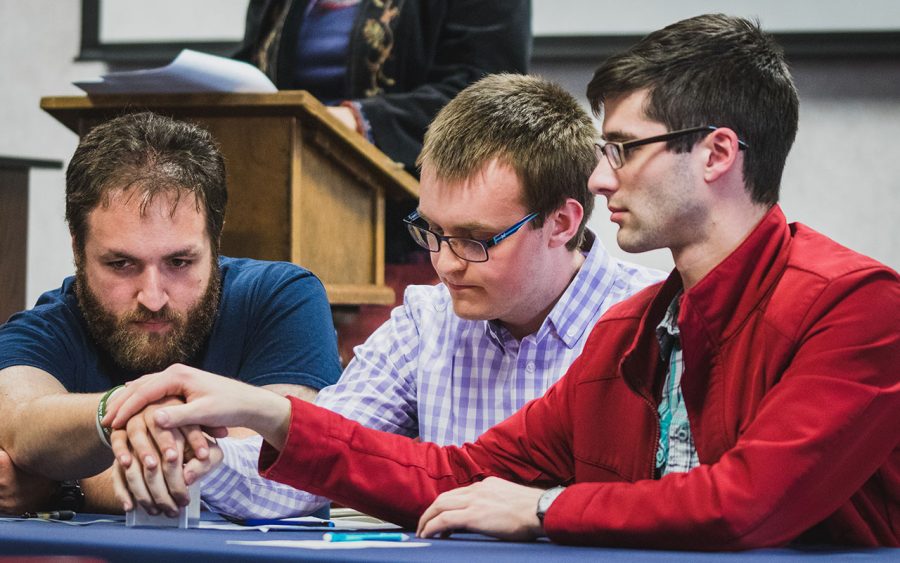Eight societies competed in the third round of Scholastic Bowl today. Four teams have already been eliminated from the competition, and six more will drop in the following months.
After two more rounds, the semifinals and finals will be open to the student body to watch and see which society will be the 34th Scholastic Bowl winner.
Scholastic Bowl is a trivia tournament for societies held over the course of the academic year. Societies volunteer to participate with a team of three players, a scorekeeper, a timekeeper and two alternates who replace players if they cannot participate on gameday.
Approximately once a month, games, attended only by competing societies, are held to test the teams with trivia questions stemming from the BJU core classes and the history of BJU.
The team with the highest number of points moves on in the tournament, and those points are added to their total accumulated score in the Bowl.
The winning society gets a trophy bowl and medals for each team member. The win is also counted toward considerations for Society of the Year.
Dr. John Matzko, professor in the history department, said Scholastic Bowl was created in 1984 as an event to entertain Univeristy students after final exams.
“Back in the day . . . to get everybody’s grades in, the grades had to be submitted on paper,” Matzko said. “That meant that there was going to be a lag between taking the exams and graduation.”
During that lag of several days, events were planned for students on campus before the commencement service. “Students had to be kept occupied for three days,” Matzko said. “There were concerts and plays, various kinds of things.”
One of the events during these three days was debate, which dated back to the beginning of Bob Jones University.
Matzko said that because the value and content of debate fluctuated by the mid-’80s, the Scholastic Bowl was created to replace it as a required event.
“Dr. Bob III conceived the idea of this game,” Matzko said. “For years it was required, so we’d have 4,000 [to] 5,000 people watching the final round. “
Matzko said the original list of questions was created when 125 faculty members were each asked to write in their area of specialization. Those questions were then compiled into a uniform list.
Every year Matzko creates new questions and eliminates obsolete questions, forming a unique collection for every game. “The game, if you think about it, is very much a long line of tweets because [of] its short answers,” Matzko said.
Kamron Hamedi, senior premed/predent major, said, “It’s basically a way for us to test our knowledge of how well we’ve learned the information presented, especially through the core classes. I just love that academic competition side of it.”
This is Hamedi’s fourth year competing for his society, Bryan.
“For me it’s the challenge: challenging myself to see how many questions I can answer correctly working as a team,” Hamedi said. “Because when you buzz in, only one person can answer.” Hamedi said the games can get intense.
“It can get very competitive, especially towards the end,” he said. “Trust is huge in a Schol Bowl team. You’re trusting [your team] to know when they need to buzz in for your behalf.”
Hamedi said the games are generally a very friendly environment. “At the end of the day we’re all here to have fun,” he said. “We’re all still students in this competition.”
Anyone can participate in the games through their societies.
“If it’s something you would be interested in, talk to your societies’ presidents and let them know that you’re interested,” Hamedi said. “Even if it’s too late to join this year, there’s always future semesters where they may need players.”
The Bowl has undergone some changes since it first began, primarily in the material covered in questions. One of the newly obsolete questions is: “What does a lapidary cut?” Only one out of 10 teams guessed correctly that it cuts stones.
“Students today don’t know what students in 1985 knew,” Matzko said. “People just teach different things.”
Another change in the Bowl is the active involvement of women’s societies. “In the first years there were never any women that were competing,” Matzko said. “[In the] first round basically all the women got wiped out.”
Although women’s societies participated every year, for the first 15 years it was especially rare for any to do well, much less win. “Interesting things have happened in the last 35 years,” Matzko said. “Women’s societies are doing better now than they used to.”
Katherine Matesevac, captain of the Chi Kappa Delta team, said, “I like when people give me weird looks like, ‘Where in the world did you know that?’”
Matesevac said she has never regretted participating. “Even when I haven’t been sure I’m going to win, I still enjoy it,” she said. “I get energized on that sort of suspense. It’s challenging, but I enjoy it.”
Matesevac said the semifinals and finals are very fast paced and that watching them is intense.
“I’m usually spazzing in the back,” she said. “It’s fun to go support, especially if it’s your brother society or your sister society, or even if you just want to learn random facts.”

